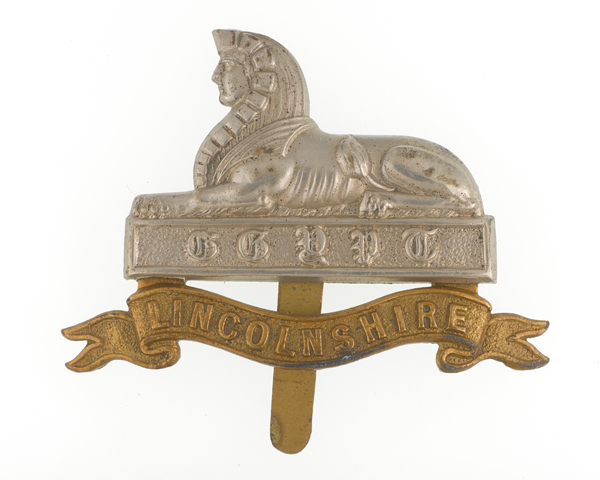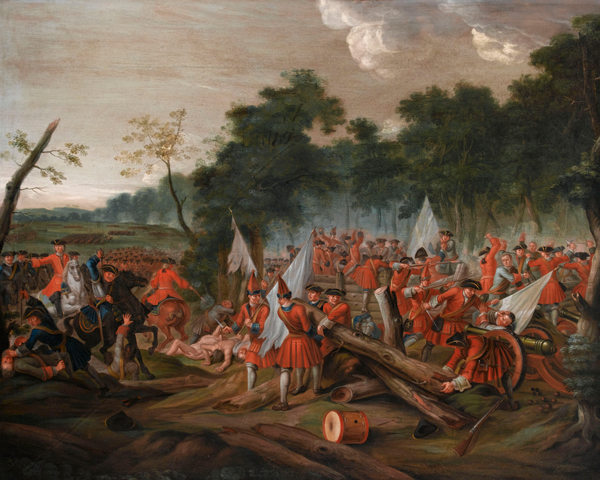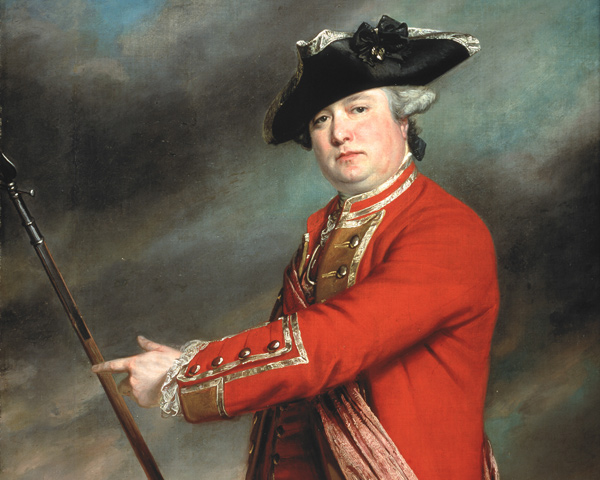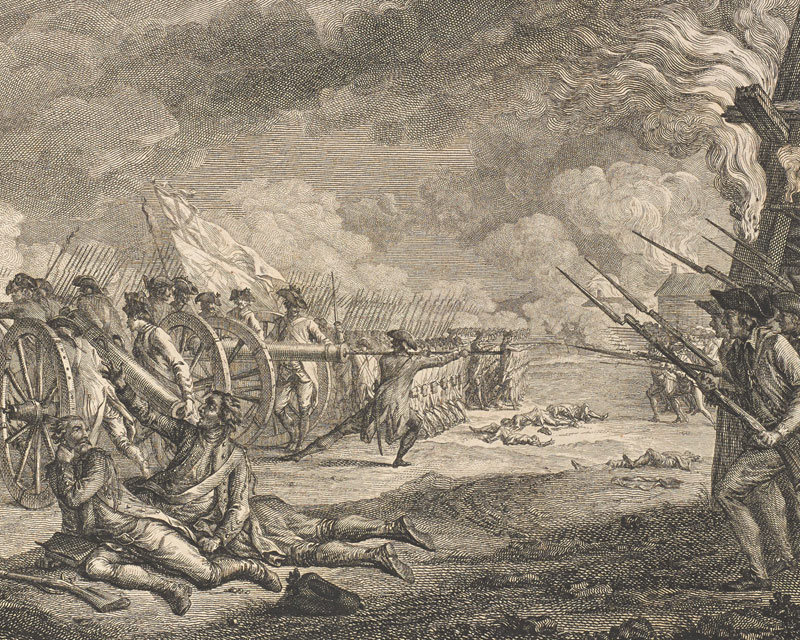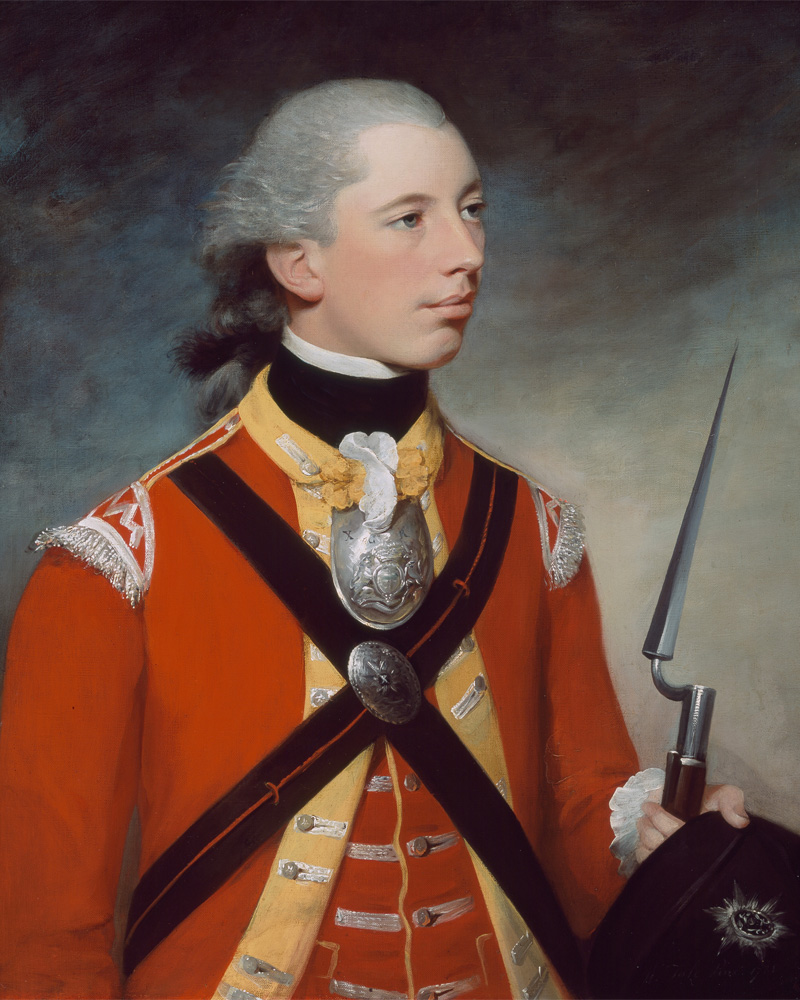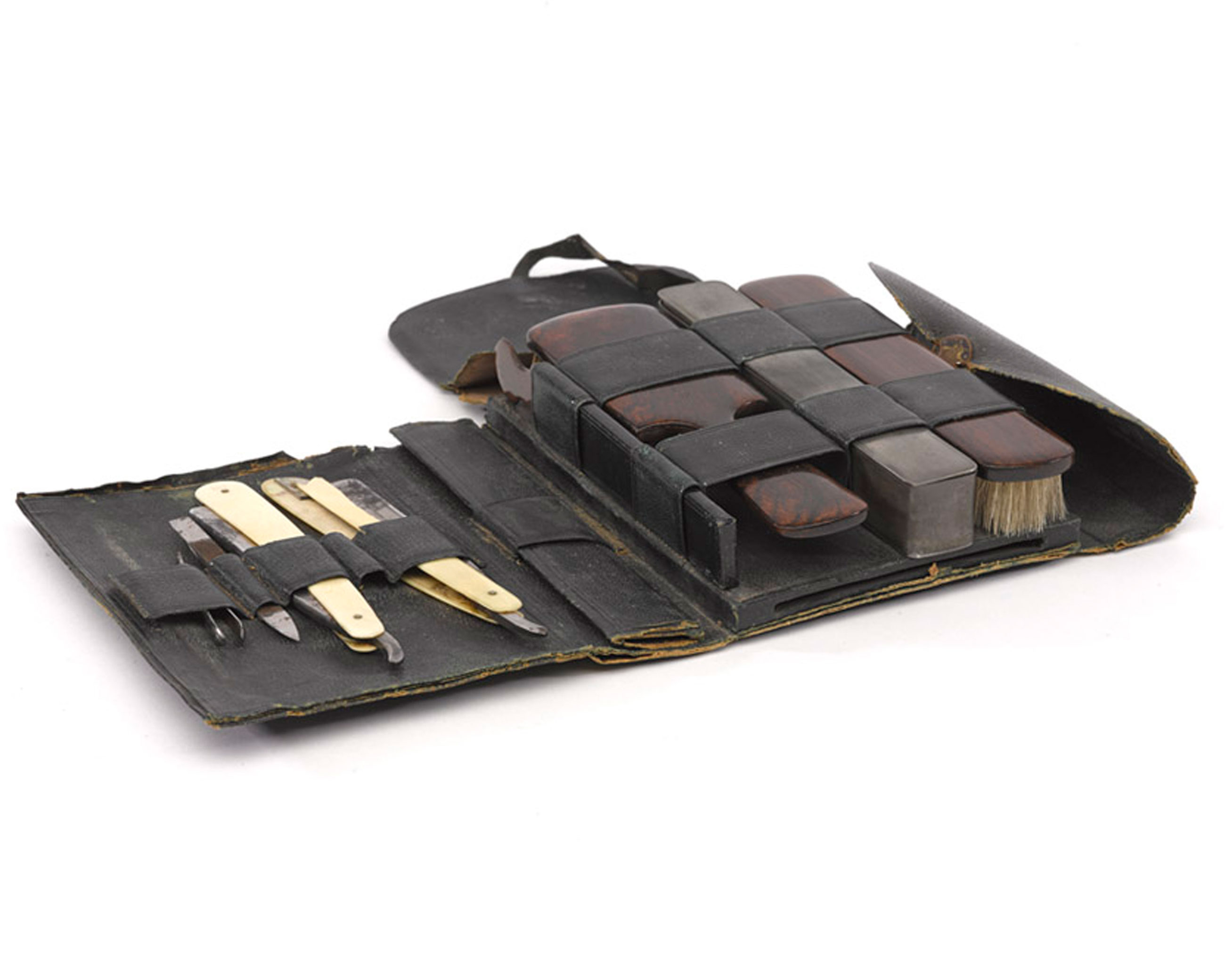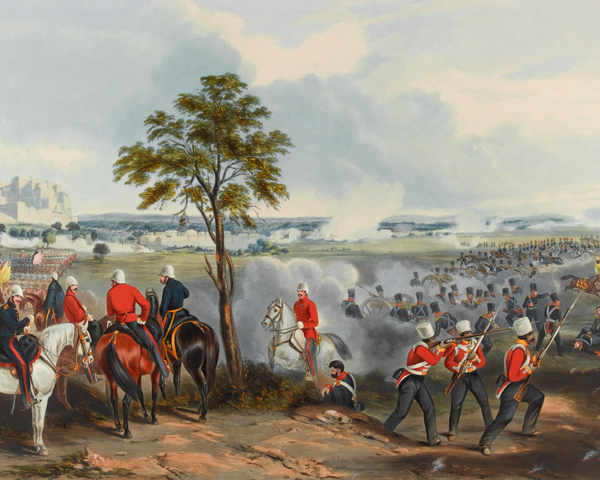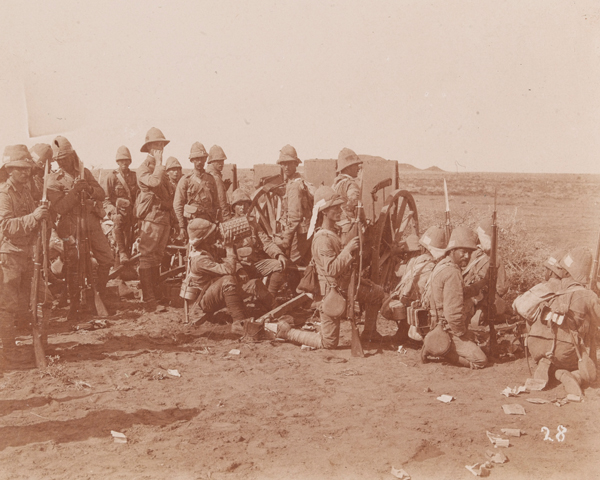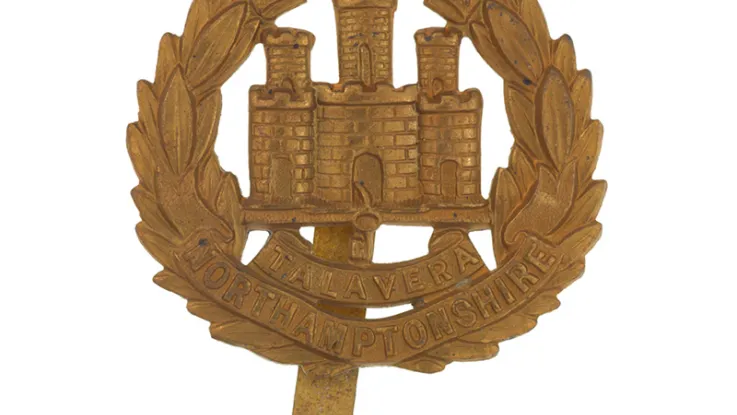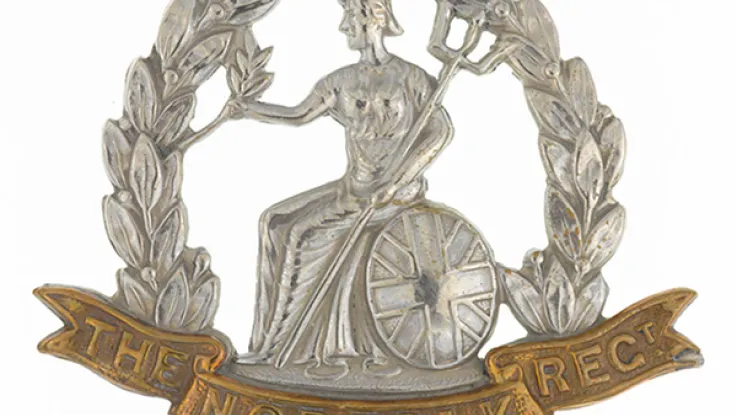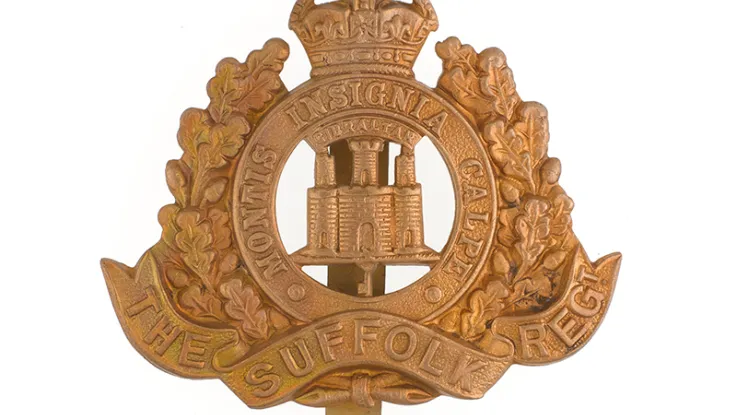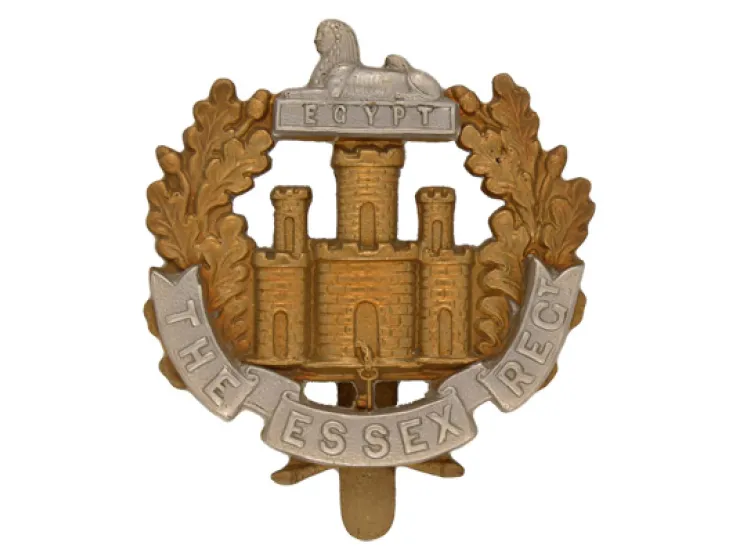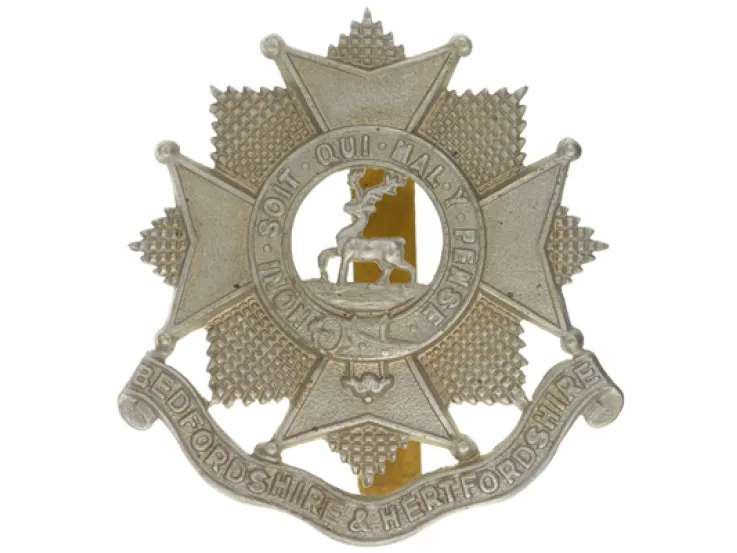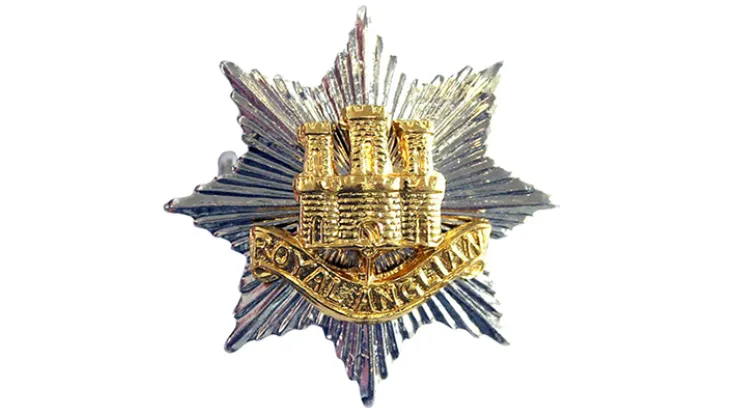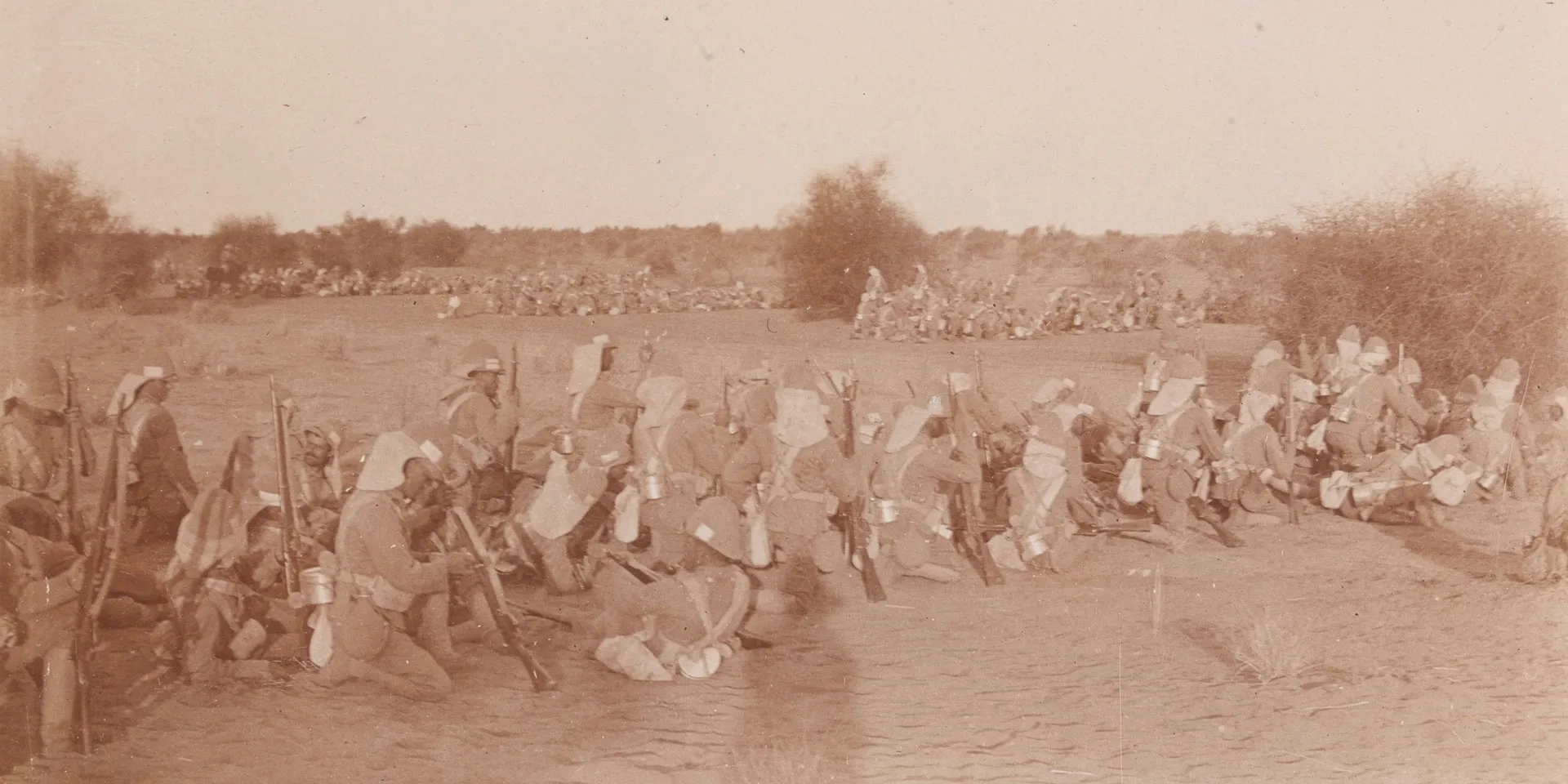
Soldiers of the Lincolnshire Regiment resting on the march to Atbara in the Sudan, 1898
Origins
In June 1685, several regiments were raised to help King James II suppress a rebellion led by his nephew, the Duke of Monmouth. One of these was formed by John Granville, 1st Earl of Bath and Governor of Plymouth, combining one company of Plymouth’s garrison with 11 independent companies from Derbyshire and Nottinghamshire.
On its formation, the unit was issued with blue coats rather than red ones. For many years, it remained the only British infantry regiment to wear them.
Early deployments
During the ‘Glorious Revolution’ of 1688, the regiment went over to James’s rival, William III. In the Nine Years War (1689-97), it fought for William at Steenkerque (1692), Landen (1693) and the Siege of Namur (1695), before returning to England in 1696.
It was back on the Continent during the War of the Spanish Succession (1702-13), fighting at Blenheim (1704), Oudenarde (1708) and Malplaquet (1709).
The regiment spent most of the next 50 years on garrison duties in either Gibraltar or Ireland. During this period, in 1751, it was renamed the 10th Regiment of Foot, reflecting its position in the line infantry order of precedence.
America
After being posted to Canada in 1767, the 10th Foot moved directly to Boston, Massachusetts seven years later. This meant it was already in theatre when the American War of Independence (1775-83) broke out.
It fought at Lexington and Concord (1775), Bunker Hill (1775), New York (1776), Germantown (1777) and Monmouth (1778). By 1779, it had suffered so badly in North America that its survivors had to be shifted to other regiments, while its officers returned to Britain to re-recruit.
In 1782, it was renamed the 10th (North Lincolnshire) Regiment of Foot, officially recognising its local connections. It then remained in England and Ireland until 1786, when it was sent to Jamaica.
French Revolutionary War
In 1795, during the French Revolutionary Wars (1793-1802), it returned to the West Indies. It was then sent to India in 1798, before moving to Egypt in 1801 where it fought at Alexandria to help expel the French. For its service in this campaign, it gained a sphinx on its cap badge.
Napoleonic Wars
In 1804, the 10th Foot raised a 2nd Battalion. Initially kept in Britain, this formed part of the Walcheren Expedition (1809) and then spent time in Malta, Sicily and northern Italy from 1811 until its disbandment in 1816.
Meanwhile, 1st Battalion served in the Mediterranean, Sicily and Naples before being deployed to the Peninsular War (1808-14) from 1812 to 1814.
Victorian period
The regiment returned to India in 1842, having served on Malta and the Ionian Islands, as well as in Portugal and Ireland, in the intervening years. It fought in the First Sikh War (1845-46), most famously at the Battle of Sobraon (1846), and the Second Sikh War (1848-49). The latter service included the decisive Battle of Gujarat (1849). During the Indian Mutiny (1857-59), the 10th fought in many engagements, including the Siege of Arrah (1857) and final capture of Lucknow (1858).
Several times during the Napoleonic Wars, and again in India, the regiment had fought alongside the 29th Foot. Officers of the two units came to refer to each other as ‘Our Cousins’ and were automatically members of the other regiment’s mess.
By the time it returned to Britain in 1859, the 10th Foot had raised a new 2nd Battalion. This was mainly stationed in Britain, South Africa, India and Burma.
After a short spell at home, 1st Battalion moved to South Africa in 1864 and then to Yokohama in 1868, protecting the Western settlement there during Japan’s civil war. It remained in the Far East until 1877, operating out of Hong Kong and Singapore into Malaya and Perak.
In the Army reforms of 1881, it was affiliated with the entire county of Lincolnshire and was accordingly renamed The Lincolnshire Regiment. As it already had two battalions of its own, it wasn’t merged with any other unit.
During the final years of the century, 1st Battalion was involved in Kitchener’s advance on Khartoum in the Sudan in 1898 and 2nd Battalion in the Boer War (1899-1902). It arrived in South Africa in January 1900 and went on to take part in the occupation of the Orange Free State and the Transvaal before joining the anti-guerrilla campaign.
First World War
Both regular battalions deployed to the Western Front in the early months of the First World War (1914-18), remaining there for the duration of the conflict and fighting in most of the major battles.
The regiment also raised 17 Reserve, Territorial, Garrison and New Army battalions. These served at home stations, on the Western Front, in Egypt, Gallipoli and India. The 2/4th and 2/5th Battalions were also sent to Dublin in April 1916 to help deal with the Easter Rising.
More than 8,800 men from the regiment lost their lives during the war. The regiment also won 58 battle honours.
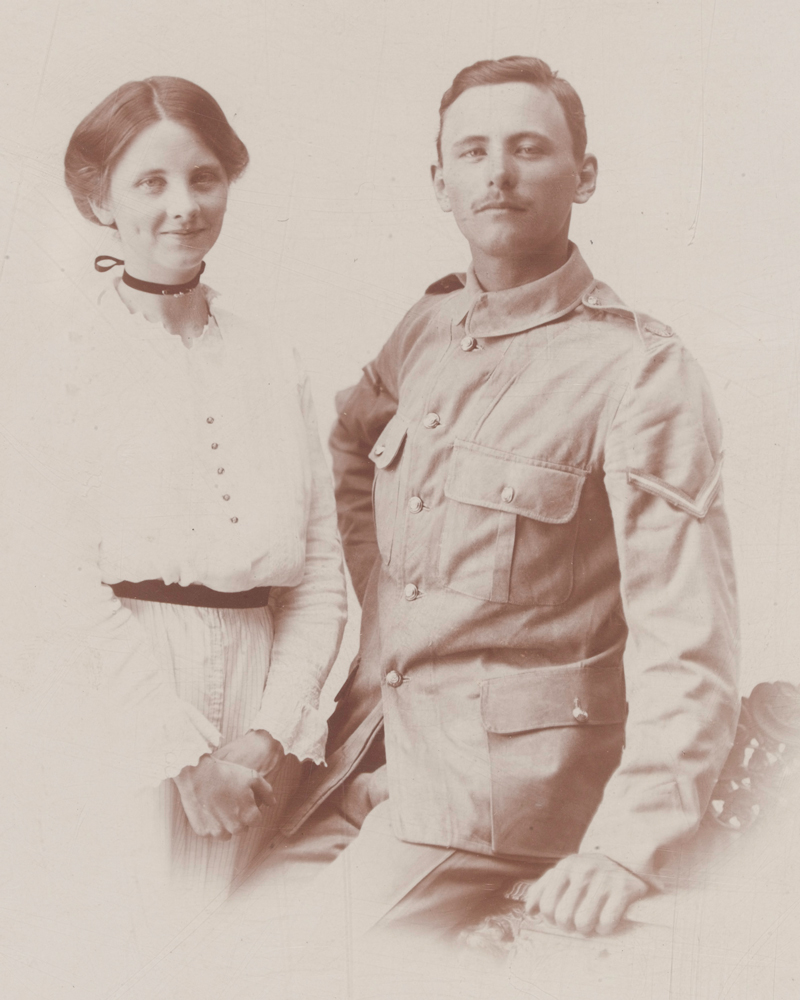
A lance corporal of the Lincolnshire Regiment with his wife, c1915
Interwar years
1st Battalion moved to Ireland in 1919. After the War of Independence (1919-22), it was stationed in Belfast for two years, returning to England in 1924. 2nd Battalion spent the same period in India, only returning to Britain in 1930.
In 1931, 1st Battalion was back in the Far East - first in Shanghai, then in Hong Kong - before moving to India.
Second World War
2nd Battalion was in England at the outbreak of the Second World War (1939-45). It deployed straight to France, evacuating from Dunkirk nine months later. It then remained in Britain on home defence duties and training exercises until June 1944, when it took part in the Normandy landings and the subsequent fighting across North-West Europe.
In March 1942, 1st Battalion deployed from India to fight in the Burma campaign, service that included the Battle of the Admin Box (1944). It then spent the final stages of the war in Malaya and Sumatra.
The regiment also raised several Territorial and hostilities-only battalions. The Territorial 4th Battalion served during the unsuccessful Norway campaign (1940) before garrisoning Iceland for two years. The battalion later served in North-West Europe in 1944-45.
The Territorial 6th Battalion served on home defence duties before deploying to Tunisia in early 1943. It then landed at Salerno in Italy (1943), helped capture Naples and fought at Monte Cassino (1944). The battalion later deployed to Greece where it tried to keep order during the early stages of the civil war. It spent the final months of the war back in Italy, from where it advanced into Austria to undertake occupation duties.
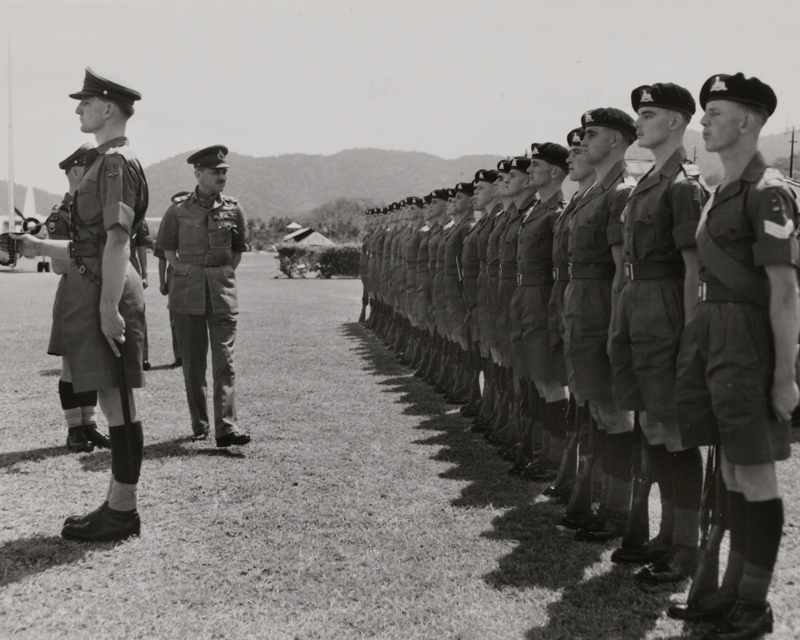
Field Marshal Templer inspecting The Royal Lincolnshire Regiment, Malaya, 1957
Post-war deployments
The regiment was given the ‘Royal’ prefix in 1945 in honour of its wartime service. Three years later, it became a single-battalion regiment within the new Forester Brigade (originally known as the Midland Brigade).
It went on to serve in the Egyptian Canal Zone (1948-49), Jordan (1950), West Germany (1952-55 and 1958-60) and Malaya (1955-57).
Legacy
The regiment transferred to the East Anglian Brigade in 1958. Two years later, it was amalgamated with The Northamptonshire Regiment to form the 2nd East Anglian Regiment (Duchess of Gloucester's Own Royal Lincolnshire and Northamptonshire). This, in turn, converted into a battalion of The Royal Anglian Regiment in 1964.
Regimental museums
The National Army Museum works with a network of Regimental and Corps Museums across the UK to help preserve and share the history and traditions of the Army and its soldiers.
Discover more about The Royal Lincolnshire Regiment by visiting the Museum of Lincolnshire Life in Lincoln.

